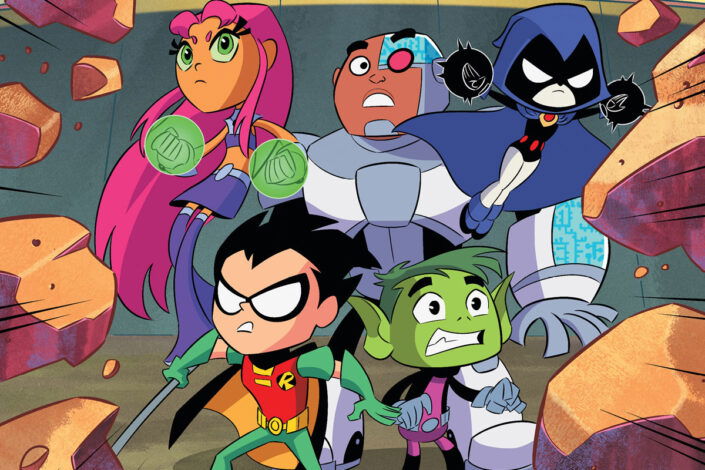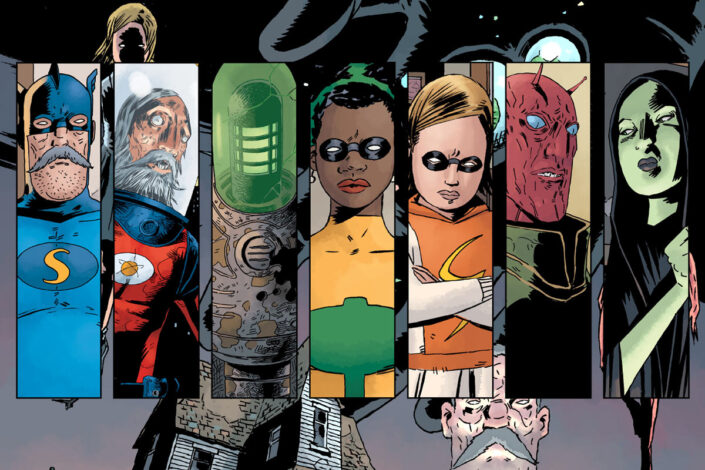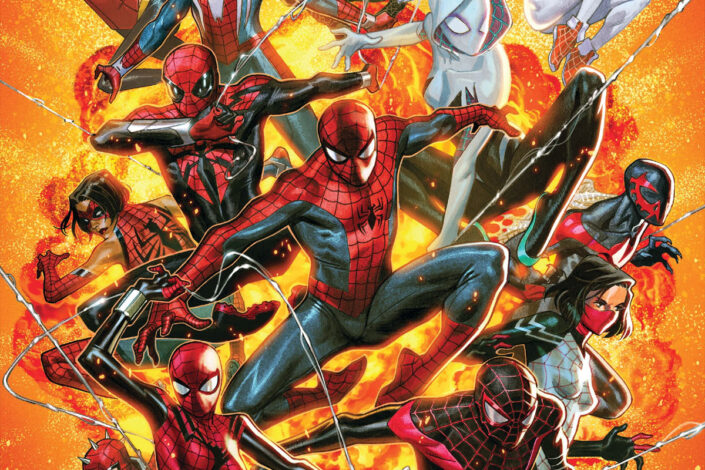Teen Titans Go! Comics Reading Order

The first time Teen Titans Go! was used as a title on a DC Comics property was with the comic book spin-off of the 2003 Cartoon Network Teen Titans animated series created by Glen Murakami. The show went on for 5 seasons, officially ending in 2006 with a movie.
A very popular show in its time, Teen Titans eventually spun off another animated TV show on Cartoon Network, this one titled Teen Titans Go!, and was developed by Aaron Horvath and Michael Jelenic. Still ongoing, it was launched in 2013 following the popularity of DC Nation’s New Teen Titans shorts. The series is only loosely connected to the original show, featuring occasional references and cameos but adopting a far more comedic and parodic tone.
Primarily aimed at a younger audience, Teen Titans Go! quickly became a cultural phenomenon, noted for its self-aware humour, fast-paced gags, and frequent pop culture references. Like its predecessor, this new series has also received its own comic book spin-off, expanding the franchise into print while maintaining the humour-driven style and broad appeal of the show.








